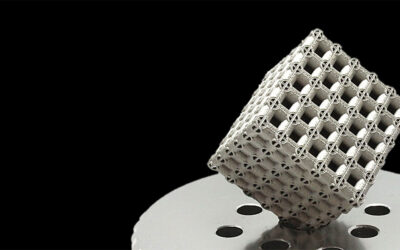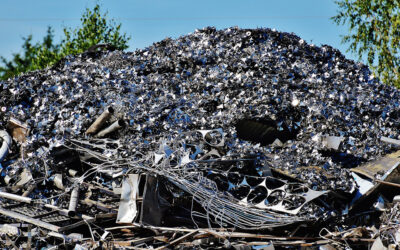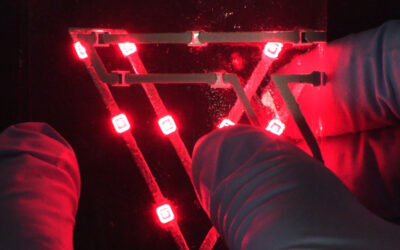This article is available to access for free until the 23rd of September!
Mauro Ferrari and coworkers at the University of Texas have created nanoporous silicon needles which are flexible, semiconducting, high in surface area and biodegradable. These structures have a wide range of applications including photovoltaics, energy storage, electronics, biosensing and medical devices, to name a few. The researchers used a metal-assisted etch technique to obtain multiple segments of different porosities in the wires, thereby modulating the specific absorption and fluorescence spectra, enabling multicolor nanobarcodes. The porosity also causes the needles to biodegrade at a controlled rate through surface functionalization. They anticipate that their facile, predictable and controllable synthesis process will accelerate the development and refinement of devices and nanostructures for a variety of applications. For example, the silicon nanobarcodes can be used as electrodes for supercapacitors or to enhance the efficiency of silicon solar cells.
The biodegradable properties and large surface area can be used in the development of short-term, implantable, bendable biosensors for high sensitivity detection. These, combined with the tunable optical properties of the nanobarcodes may find future application in biolabeling and imaging.
















